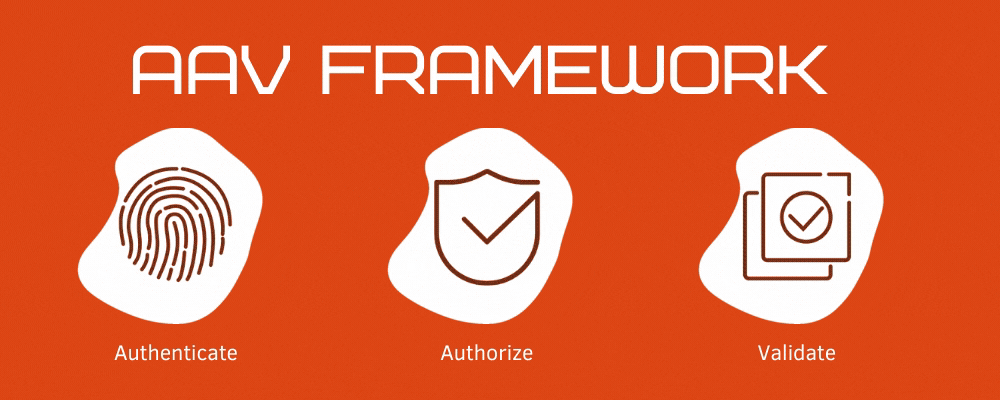Correct Use of Stock Images on your Website and Publications

The effective use of images and photography on your website and blog can have a massive impact upon the message which you convey to your customers. A phrase which is well known and perhaps now a little too often used – a picture speaks a thousand words – is actually truer now than ever before. The advent of ever smaller technology and a greater degree of reading ‘on the go’ it has become absolutely paramount to make you website content as eye-catching as possible. If you have strong title and header image people are more likely to bookmark any blog posts of yours which they are linked to by friends and colleagues, than those which are pure text.
It is important then, to make sure that the company which you use to purchase your stock images will offer you a fair deal and won’t impose any unreasonable restrictions on your use of the images which you purchase. After all, it is all well and good having a great image but if it comes with a watermark that covers most of the picture then it is not going to be nearly as effective as you might have hoped in conveying your message – rather any one viewing the post at a glance may not even think that you have paid to use it. When this is far from true.
In this article we will look in brief at three of the largest Stock Image Companies and how they prefer you to credit them for use of their products.
Getty Images
Widely considered to be the leading supplier of Stock Images and Photography, the reputation of Getty Images is second to none. The prices which they offer may seem expensive at first, particularly if you look at their subscription service – 50 downloads per month for $399 USD. However, 60,000 of these images are royalty-free.
If you have seen any of Getty’s images in use before you will know that they all carry an individual watermark which identifies both the source website and the individual photographer: https://www.gettyimages.co.uk/Creative/Frontdoor/NewWatermark
Corbis Images
Founded by the father of Microsoft, Bill Gates, Corbis Images has been in operation for nearly 25 years and in that time has amassed over 100 million images and videos. They provide superb product quality and have an excellent internal search engine which enables you to easily navigate the vast product range which they have on offer. The sheer number of images available makes it hard to find a negative aspect to their operation.
Terms of Use for Corbis Images:
If being used on a blog or website or other such editorial use each image must display a copyright notice next to each image. Acknowledging Corbis Images as the source as well as including the name of the photographer; ‘© photographer’s name/Corbis’. In cases where the use is commercial, Copyright should be stated where appropriate.
For Footage, Corbis Copyright must be displayed in the on-screen Credits.
Fotolia
The leading stock photography company in Europe, Fotolia offer high-quality images at very reasonable prices. They also have a selection of Subscription plans as well as the Pay-As-You-Go option for those companies just starting out. They have a wide range of images across numerous categories, many of which are royalty-free. It’s quick and easy to create a free account with Fotolia meaning that you can get started with using their images right away.
Fotolia are very flexible with regard to displaying copyright on their images when it is used on a website or blog. It is a not a requirement but they are always appreciative of you doing so. If you are using their images for editorial purposes in a newspaper or magazine story, using the conventional method beneath each image.
It is also possible to display the copyright information on a reference page.
Credit Tracker WordPress plugin - a simple way to credit images used on your website.
Image Credits: © Nmedia - Fotolia.com



